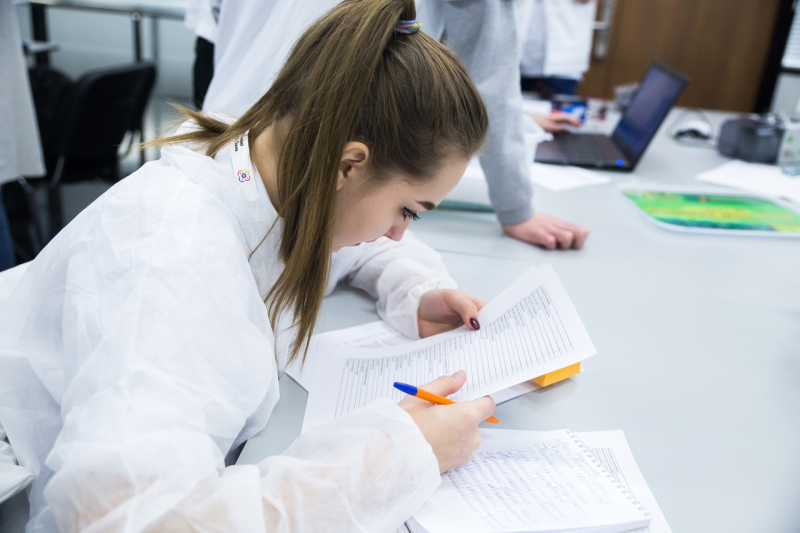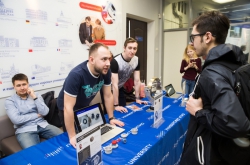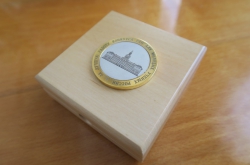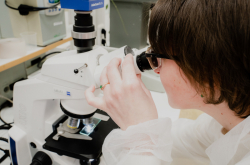Students of the Nanopharmacy group – the PhD student Nikita Serov and second-year Master’s students Daniil Kladko, Aleksandra Predeina, and Aleksandra Falchevskaya – shared their academic experience at an informal meeting held by SCAMT Lab.
According to Polina Khapaeva, deputy head of ITMO’s ChemBio Cluster, a survey showed that first-year students are eager to learn more about research activities and publishing articles in renowned scientific journals. This fact has encouraged SCAMT Lab’s staff to hold educational meetings on this topic.
“The meeting was primarily intended for our many first-year students. Some of them do not know the proper ways to conduct their research, as well as write scientific articles. That’s why we decided to hold a series of workshops on various topics. An earlier workshop on communication will be followed by an upcoming one on design and presentations. This meeting, meanwhile, was designed to let our students share their experience of working at a scientific lab,” says Polina Khapaeva.
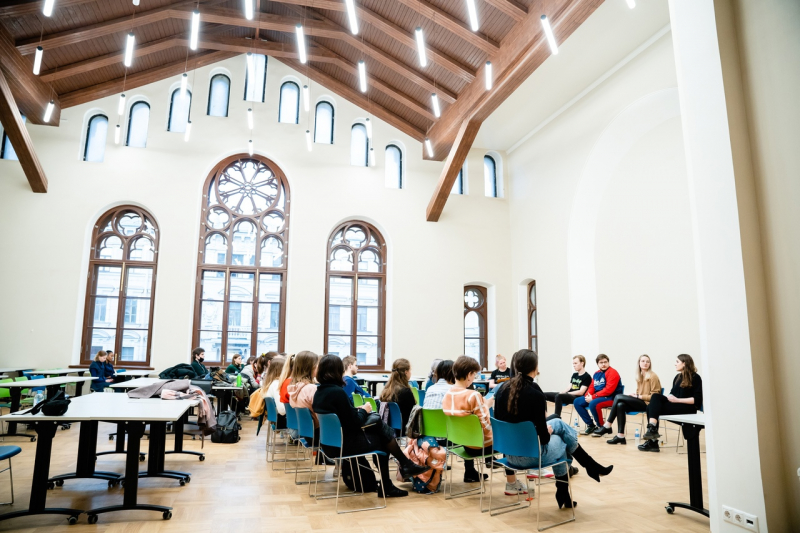
Getting started and choosing a topic
Where do you start first? What sources can you use to find project ideas? And which ideas are worthwhile, and which ones are not?
The easiest way to get into research is to join one of the many existing projects. It will help you figure out which subjects your lab deals with, learn how to work with the equipment, as well as carry out experiments. Then, you can choose the most exciting topic for yourself. Often, lab staff and supervisors offer various project ideas and students only have to choose.
Later on, you’re challenged to come up with new ideas and independently work on your own project. Here, you might seek assistance from your colleagues, for example, at group meetings, or from your supervisor who will guide you through your research and point out its relevance and possible applications.
It is important to understand that you cannot foresee everything. Your topic will most likely be changed, rewritten, or altered, and your experiments will not always give you the desired results. Creating an idea is a complex, emotionally involved, and time-consuming process, and that is totally normal.
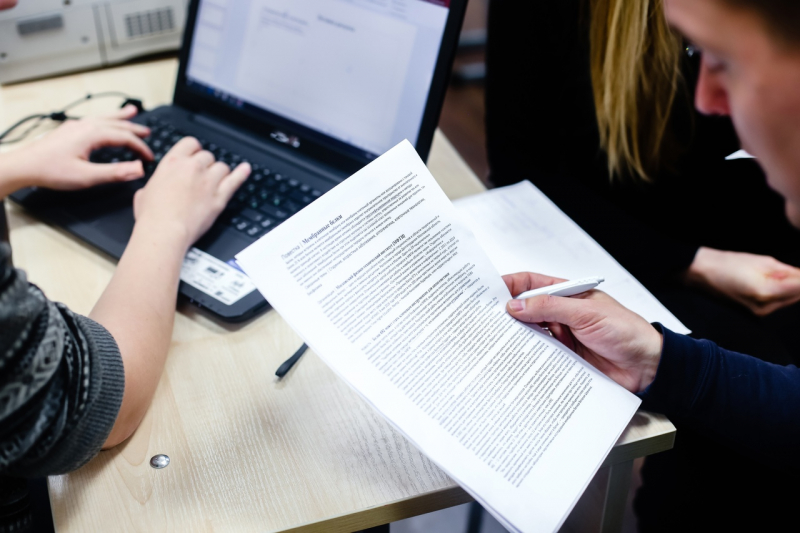
Proof of concept
After you have chosen the topic of your work, experiments begin. You are to prove the consistency of your idea, and in doing so, you need to demonstrate that its premise can be implemented repeatedly. In the scientific community, this stage is called proof of concept. It is not yet a finished article or research project but just the first step towards proving your hypothesis.
At this stage, you should be prepared for the fact that you might obtain the desired results with the first try, the thousandth one, or even never. It might take a year to get the first positive results. You can also simultaneously work on several projects hoping that one of them will take off. And you should not be afraid to tell your supervisor that some fell through. All of this is just a part of the process.
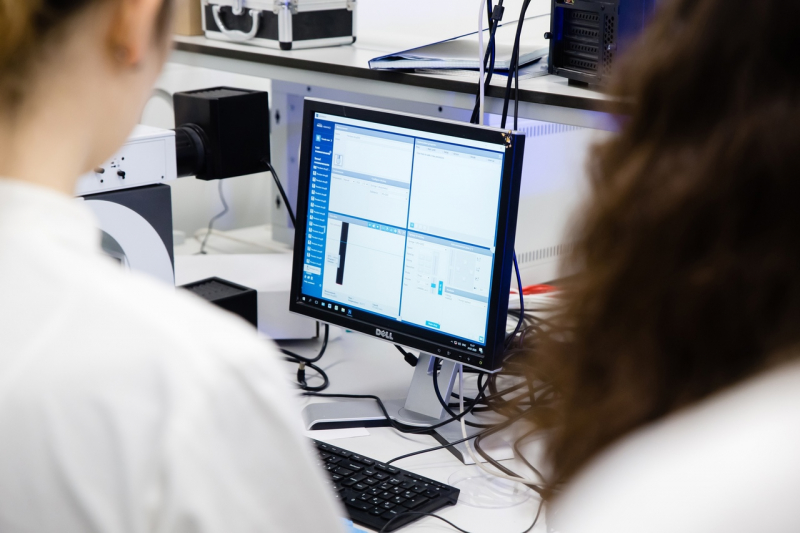
When is it time to stop your experiments?
After receiving the first positive results, it can be difficult to stop your experiments not only because you can continue putting off your article, but also because you may feel like it is still not enough. Plus, few beginners can correctly calculate the timing. You might feel like you can carry out up to ten experiments in just three days but in reality, it is most often physically impossible.
So the process can drag on for months and only your supervisor, who has the necessary experience and knowledge, can stop you in this endless race and help you understand which results you need for your article – whether it is a communication paper, a full paper, or a report.
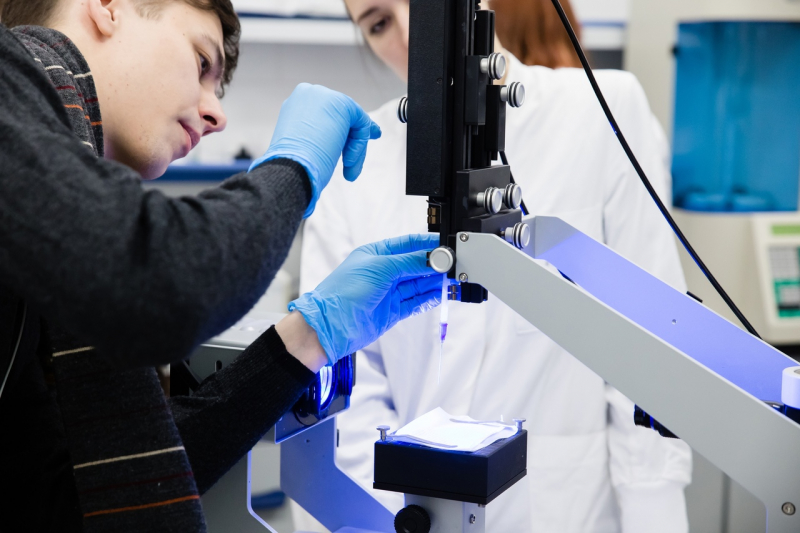
Writing an article
The first article can take a lot of energy, especially if you have done a bunch of experiments that you now need to squeeze into a four-thousand-word text. It is better to start an article with a plan – the most detailed one, written literally point-by-point. As a starting point, it is best to use a conceptual image – pictures or graphs of the experiment’s results – and structure your article around this visual content. It is better to think ahead about what you want to say in the introduction and the abstract, which results you want to demonstrate, and so on.
Such planning will let you write your article not in three or four months, but just in eight hours. Of course, you’ll need to be prepared for numerous edits and rewrites. The only parts that will probably be left from your original version will be your results and topic.

Submitting your article
Research is not only about writing an article but also about publishing it in a scientific journal and there will be challenges, disappointments, and lots of waiting on your path. After all, it may take more than a month or two from the submission of your article to its possible publication.
It is unlikely that you will immediately get into a famous journal like Nature or Nano Letters, but your first article will probably be published in more modest outlets. No need to get upset that your article has been rejected or let yourself believe that your research is not stimulating or relevant. Oftentimes, we forget about the human factor – reviewers can also make mistakes, they can be inattentive, or just unqualified in your research area.
You can significantly increase your chances if you follow the requirements and standards of a particular journal. It is best to take a prototype article and use it as a reference. It is highly discouraged to use the same text for all journals. For example, American publications use special page formats and you will probably have problems with the text when printed. You should also remember the differences between British English and American English – chances are that you will not be understood at all.
We also recommend using Mendeley for bibliographic references and LaTeX for the final layout.
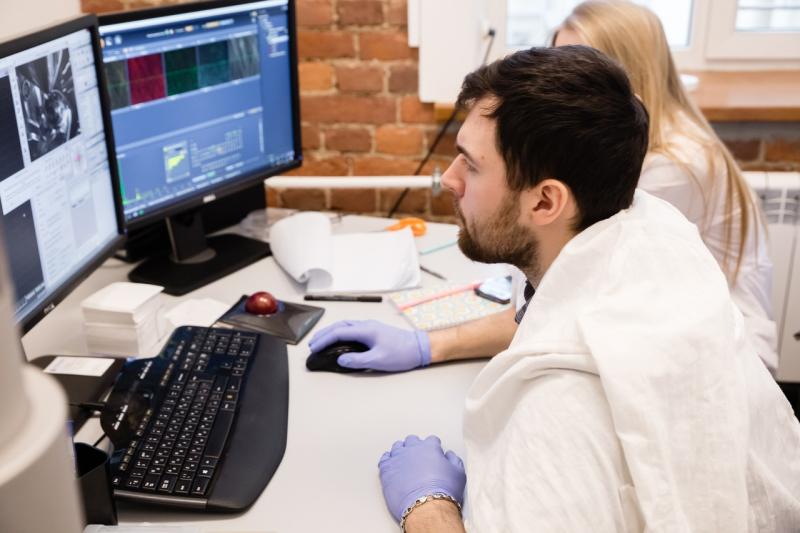
Emotional rollercoaster
Scientific work is a permanent emotional rollercoaster rife with fluctuations in self-esteem. To better understand the work process you can imagine a graph: it begins with a rising wave of euphoria in the first months of work on the project, and then rapidly falls down after a series of unsuccessful experiments – and at this point, you consider quitting science.
Then you do better at your projects and your motivation plateaus right up until you have to actually write an article. It turns out that you do not know how to do it and it lowers your self-esteem again. The second potential rock bottom is the moment of submitting an article to scientific journals. You start with just one journal (and it gets rejected), then you send your article to the third, fourth, and further down the list. After a few re-submissions, the article is finally published, you feel relieved and start a new project, repeating the whole process from the beginning.
Motivation
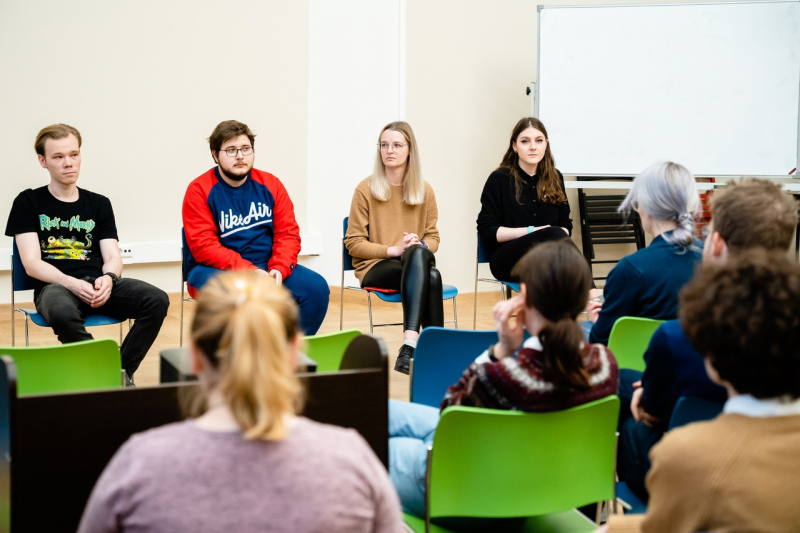
How can you stay motivated? First of all, you should stop worrying that you do not know something or that it will not work out. It is normal not to know some things, even the most basic ones, not to understand how this or that piece of equipment works – you can and should ask your colleagues and supervisor. After talking to one or two researchers you will find that everyone feels the same.
The ResearchGate community is the best place to ask any questions you have no matter how silly they may seem.
It is important to meet your failures with dignity and not beat yourself up about it, do something besides your work, allow yourself to rest, and remember that science is fun, interesting, and exciting.
Here are some of our other articles on the topic:
Beginner’s Guide to Submitting Your Research to Scopus and Web of Science Journals
How to Write an Article That Will Be Accepted by International Journals
